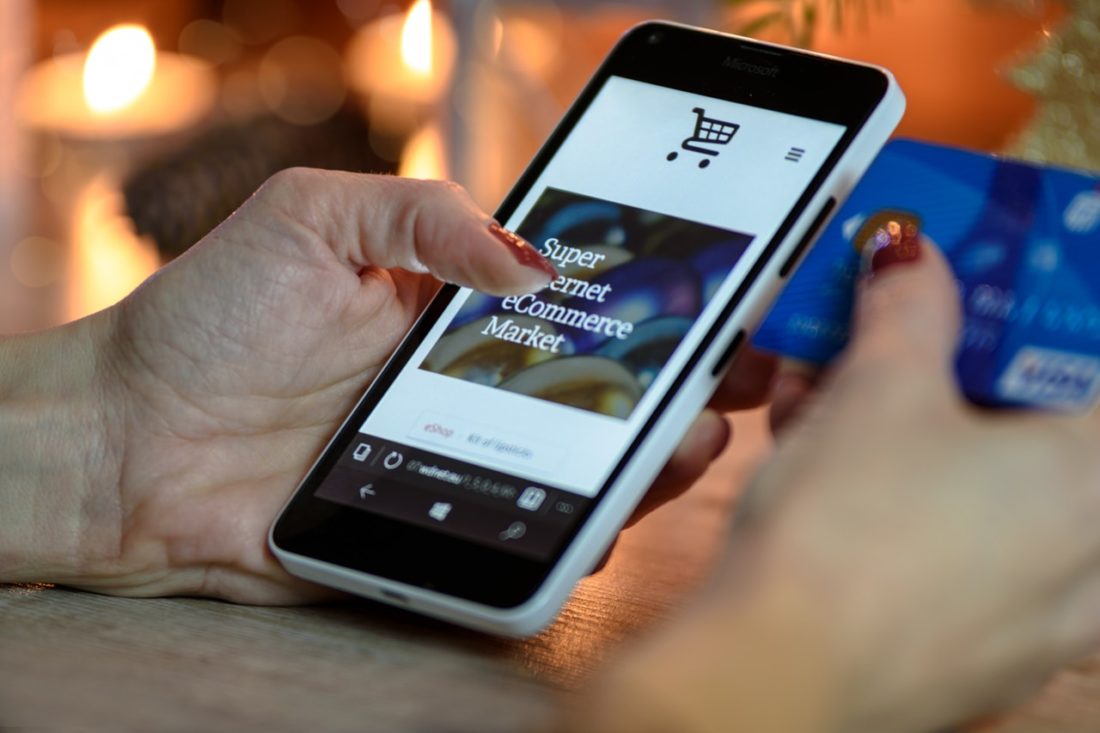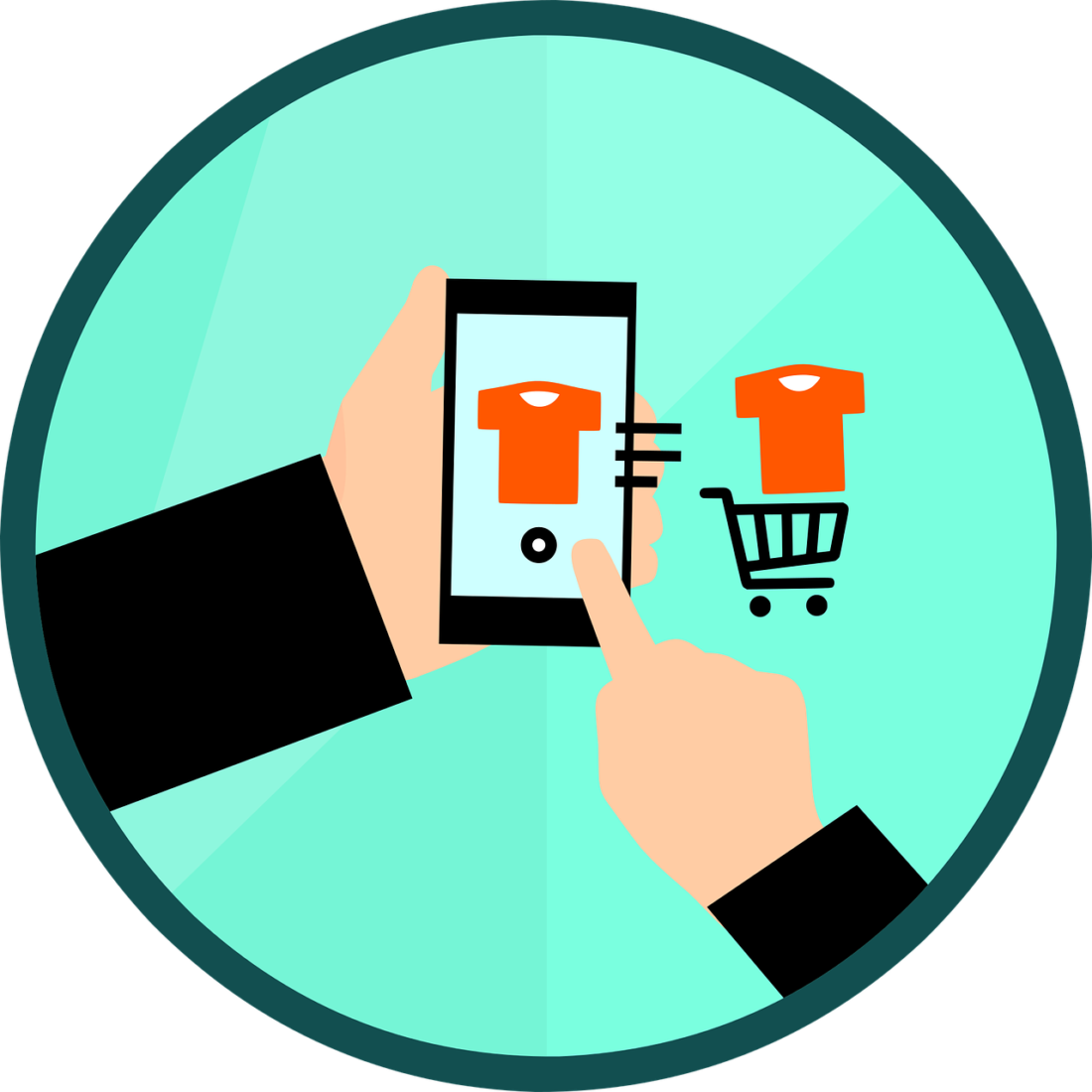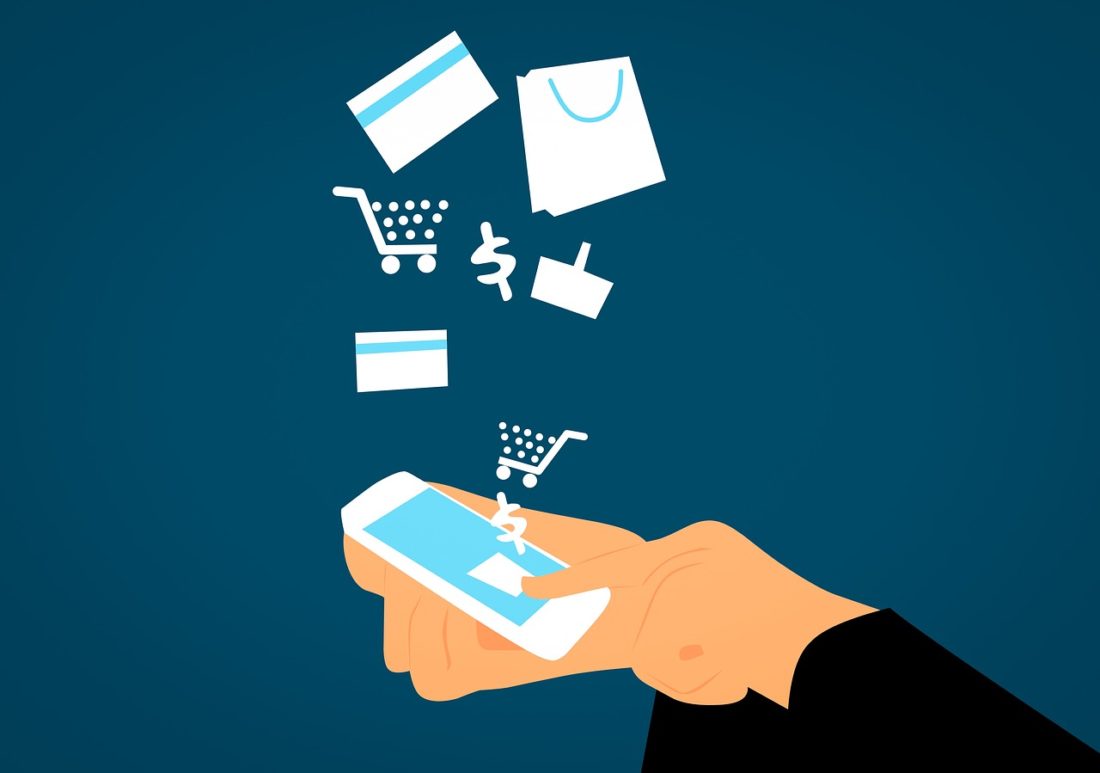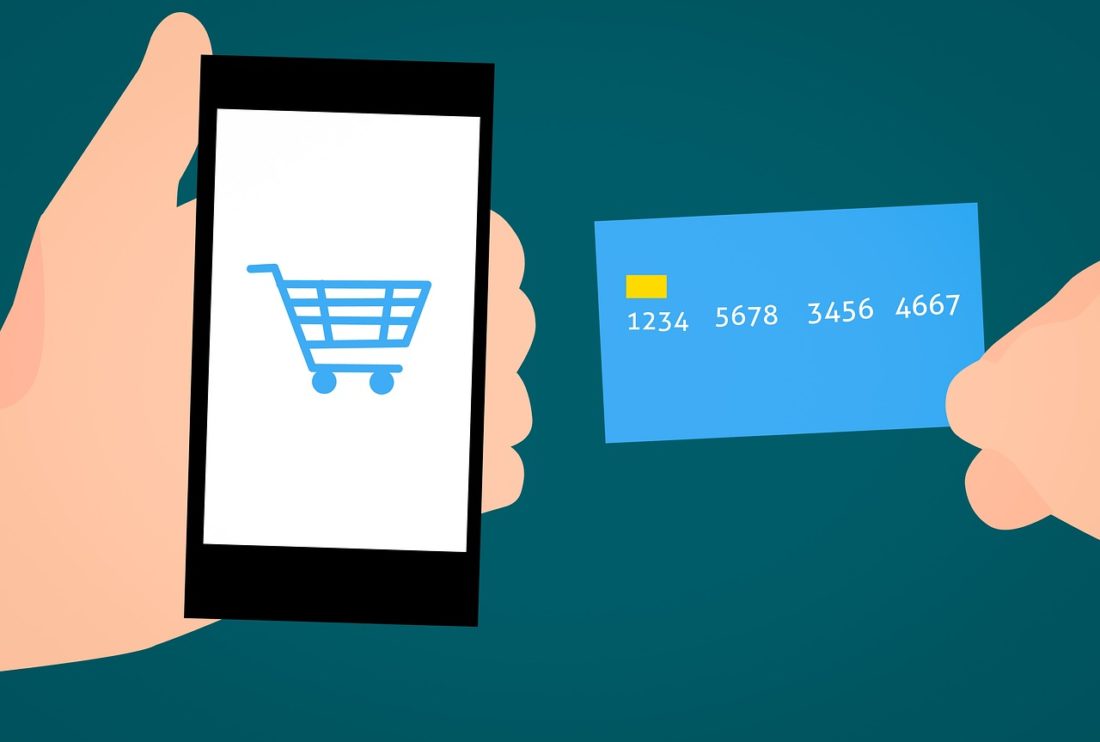
Developing an E-Commerce Mobile App
Written by Mark Coulstring
Updated July 2019
Conversions for e-commerce companies are the backbone of their existence. Without conversions, there is no business. Although the e-commerce boom started on desktop and laptop PCs, more people are accessing the internet from their phones. With the shift from retail, brick-and-mortar stores to digital experiences on mobile devices, companies can leverage e-commerce to give users the ability to shop regardless of where they are.
Globalization makes trade and communication more accessible than ever, and as a result there has been a massive spike in the utilization of e-commerce for companies both large and small. Essentially, the internet has enabled the emergence of a massive marketplace.
There are essentially three main goals for ecommerce companies who make a mobile app:
- Get your target users to the app
- Show users what they really want
- Have users complete the sale
Consequently, mobile commerce is taking the lead and influencing companies to refine their mobile user experience. In order to keep up with the changing consumer preferences, there are a few things to consider when developing an e-commerce mobile app.
Two of the most important aspects of a successful e-commerce mobile app are:
1. The UX design of the mobile e-commerce application
2. The security and payment processing of the application

E-Commerce Mobile App Goals and Design
When navigating our favorite shopping apps, it’s easy to dismiss the amount of work that goes into enhancing our user experience. Meaningful and intuitive design is critical in determining the fate of these company’s success.
Similar to any software design and development project, the stakeholders should clarify and approve the scope of work before the design process begins. In order to help define the scope of work, designers and developers should define their ecommerce goals by asking the following questions:
- What platform will you launch your mobile app on – Android or iOS or both?
- Who is your target audience?
- Who manages the delivery? (you, the vendor, or a third party)
- What functionality/features do you want to offer your users?
- How will you upload and change the pricing of the product?
- Which payment processor will you be using?
- How do you anticipate you will make updates to the information on the app?
- And many more!
UX/UI DESIGN
In order to engage users immediately, it’s important to have a simplified interface that puts the product before the design. A mobile, e-commerce user interface design should highlight the commercial offer. UX designers need to make sure that the design guides users through the app and facilitates the shopping process. The design should consist of simple workflows and incorporate friction only where it’s appropriate.
It’s imperative that companies develop a design aesthetic that aligns with their brand and product offerings. It’s also important for companies to consider the readability and size of the features across different devices so they avoid a cluttered UI. Utilizing white space can help accentuate the most important features. Emphasizing key features and establishing a strong visual identity is essential since mobile devices have smaller screens.

Key Features to Develop an Ecommerce Mobile App
Simple Checkout Process
The fewer the steps and the easier the checkout process is, the lower the shopping cart abandonment rate.
According to SaleCycle, there was a 75.6% abandonment rate in 2018.
A large number of abandonments are caused by having too much friction between the customer and the buy button. To avoid an unnecessary amount of friction, companies should use the following tactics:
- Only include features that are necessary to complete the process
- Let customers use an existing account (Facebook, email, etc)
- Make ‘Guest Checkout’ an option
- Make it easy to switch from the shopping pages to the customer’s cart (Notice how Amazon makes it difficult to continue shopping when a customer initiates the purchase flow)
- Create a single-page checkout process
- Take advantage of Google Autofill to shorten and accelerate the user’s process
Granted, a large percent of the abandonment is due to customers simply window shopping or comparing costs between sites, but a few corrections can loop them in for a future purchase. If these online retailers paid more attention to optimizing the checkout process, they would see a significant increase in conversion rates.

Turn Abandonment Into Customers
Online shoppers are more likely to return to their cart and make a purchase if they’re offered an incentive to do so (i.e. coupon code, free shipping, etc.). A growing number of online retailers are implementing this feature and have seen it pay off particularly among younger shoppers.
Another reason people might abandon their carts is forgetting that it’s there. By sending people a reminder, there’s a better chance that they will convert. Sending a personalized email to site visitors can refresh their memory on the things they intended to buy.
Keep Users Engaged
High quality graphics, images and readability of text are imperative within the mobile app design. A user’s attention is sparse and these design factors can be triggers in losing that valuable focus. For example, an easy UX improvement is to make the product images zoomable. This way, a user can closely examine the product they’re interested in and have more confidence in making a purchase.
Personalized Experience
Personalizing the user experience helps establish brand loyalty. For example, based on your interests and most recent purchase, an ecommerce company might provide product recommendations.
Product recommendations for customers increase the relevance of the shopping experience. Although these are often helpful, companies should be mindful of their recommendations because it could negatively affect the user experience if it’s done poorly.
A company should offer their customers products that compliment the purchase. For example, if someone purchased a pair of jeans, they should receive recommendations for shoes or shirts that would look well with those jeans. Not another pair of jeans.
Personalized experiences are retrieved from a customer’s past behavior. Examples of personalized messages a company might send to past customers include:
- “Customers who bought this product also viewed”
- “You might also like”
Avoid Hidden Fees
It’s extremely irritating as a customer to see one price throughout the purchase process only to see it rise due to processing and shipping fees. It’s difficult to know whether or not presenting a more expensive initial price is more endearing to a customer. However, factoring in those costs improves the integrity of a relationship between merchant and customer.
Create a Progress Indicator
The checkout process can sometimes feel drawn-out and users become frustrated very quickly. By clearly letting a user know where they are in the process, they are less likely to abandon their cart mid-checkout. Merchants don’t want a customer thinking there’s more to the process than there actually is, and a progress indicator can alleviate customers impatience.

Payment and Security
The payment process and security of an ecommerce mobile app should not be overlooked. People are growing increasingly comfortable paying not only online, but with mobile apps as well. Customers want to purchase from sites that they trust. Moderate security is simply not an option for mobile apps that handle user’s private and financial information. When developing an ecommerce mobile app, ecommerce companies should pay close attention to their payment and security processes.
When developing an e-commerce mobile app, there are a variety of factors to consider when selecting the payment processor to establish strong security measures.
Payment Gateway & Processor
The payment gateway provides a secure path between the customer and the payment processor. Some popular gateways include services such as PayPal, Braintree, Stripe and Square. These third party softwares build trust between the customer and merchant by providing them with a secure, recognizable plug-in.
The processor is responsible for sending payment data from the merchant to the issuing bank and then to the acquiring bank. The gateway is a tool that is used specifically for e-commerce as a bridge to the processor. Making a decision on what service to utilize should be carefully considered.

Secure Sockets Layer (SSL) Certificate
SSL is a protocol used to secure and protect transactions whether they are financial or relating to private information.
The encryption provided by SSL prevents those with malicious intent from intercepting transactions as simple as search queries or as complex as credit card information. Bottom line, SSL certificates show customers that their information is protected and will improve the reputation of your online store.
With large amounts of financial information, e-commerce is perhaps the biggest target for cybersecurity breaches. This is exactly why variables such as payment and security should be of the highest priority when developing an e-commerce mobile app.
We hope this article provides insight into the development of e-commerce mobile apps. If you have an ecommerce company, why not build an ecommerce mobile app? The time is now! Seamgen can help you design and develop an e-commerce mobile app that will satisfy your users and drive value for your business.
Thanks for reading!
If you’d like to learn more about tech and the latest trends, check out our other posts and subscribe to receive weekly blog updates. To inquire about any custom application design or development, please contact us.








